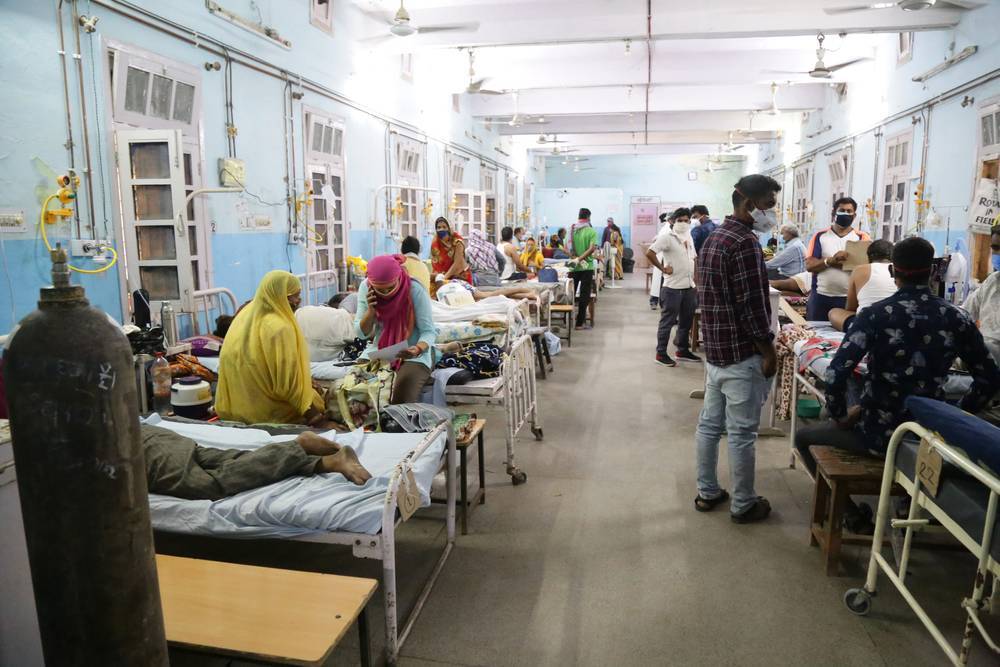As India’s population surges, it’s building more hospitals, but the supply of doctors is falling short. The scarcity of doctors in India is reaching a critical point as it takes on the mantle of the world’s most populous nation. According to the World Health Organization (WHO), India’s doctor-to-patient ratio reached an all-time high of 1.2 doctors per 1,000 patients in 1991. However, the ratio plunged to approximately 0.7 in 2020 due to a population surge. The WHO recommends a ratio of 1. In comparison, China, which has a population similar to India’s, maintains a ratio of 2.4.
Mithilesh Chaudhary, a 21-year-old from Bihar state, is one of many Indians standing in line outside All India Institute of Medical Sciences (AIIMS), New Delhi, without an appointment, hoping to see a specialist. This highlights a grave issue: the shortage of specialist doctors and health workers in India’s rural areas, where over two-thirds of its 1.43 billion populace resides.
The Government’s Efforts and Challenges
Prime Minister Narendra Modi’s government has constructed numerous medical institutes since 2014. Plans are afoot to build at least one major hospital in each of India’s 761 districts. However, a critical issue remains the scarcity of doctors. The doctor-to-patient ratio in India dropped to about 0.7 in 2020 from a record high of 1.2 per 1,000 patients in 1991. The World Health Organisation (WHO) recommends a level of 1. China, a country with a population comparable to India, stands at 2.4.
The Numbers Game
Health Minister Mansukh Mandaviya stated that India has a ratio of 1 doctor per 834 patients, a figure that surpasses the WHO recommendation. However, this number includes practitioners of traditional medicine forms such as Ayurveda, Homoeopathy, and Naturopathy. The WHO and groups like the Indian Medical Association do not account for this in their calculations.
Expansion of Medical Infrastructure
Modi’s government has made strides in expanding medical infrastructure and professionals. There has been a 9% rise in public hospitals, excluding specialist institutes, during Modi’s tenure. Undergraduate medical seats in private and public colleges have nearly doubled to 101,043 as of March, up from 51,348 before 2014.
The Rural Gap
Despite these improvements, there is still a significant gap in rural healthcare. According to February 2022 data, more than 3,000 doctor vacancies exist in 31 large federal government hospitals. There is also an almost 80% shortage of surgeons, physicians, gynaecologists, and paediatricians at community health centres in rural India as of March 2022.
Medical Perspective and Future Outlook
The shortage of specialised care outside big cities is problematic. Many specialist doctors seek opportunities overseas or in the private sector in metropolitan areas. This leads to an increased dependency on hospitals in larger cities. Dr Syed Ahmed, a resident doctor at AIIMS, emphasises that many cases could be handled at the primary care level. The government must focus on enhancing healthcare in rural areas and ensuring an adequate number of specialists to meet the needs of the population. The path to improving healthcare in India lies not only in building more hospitals but also in addressing the rural-urban disparity in medical care.

